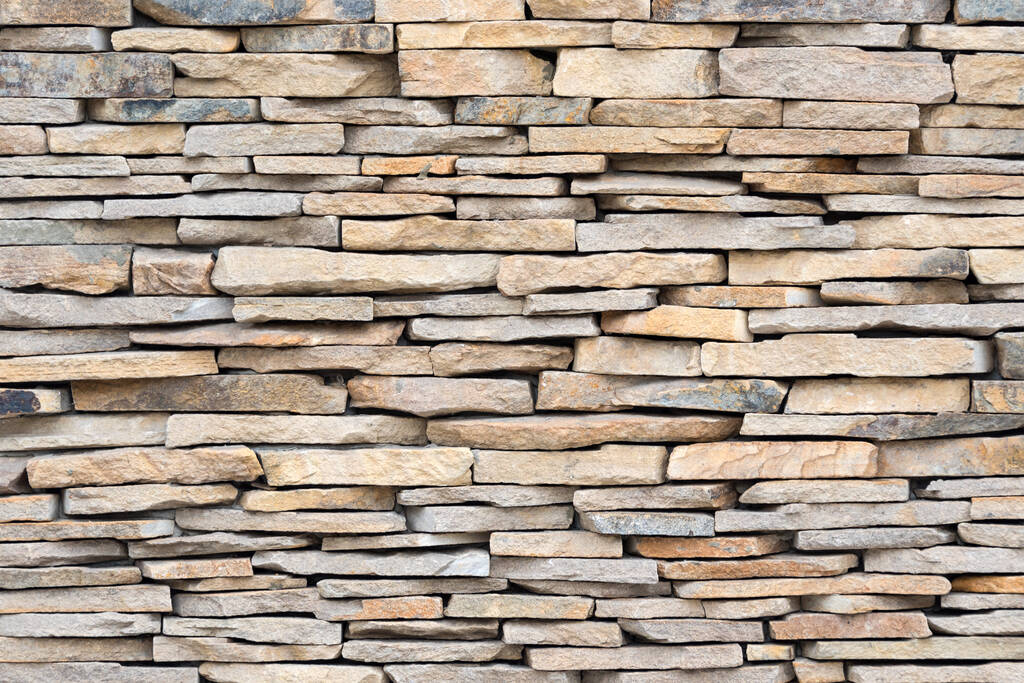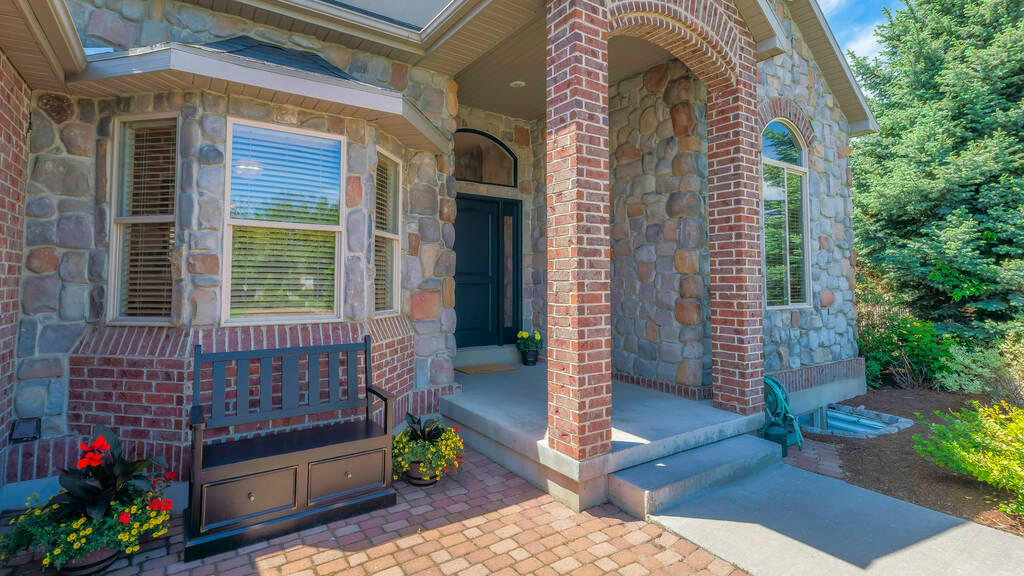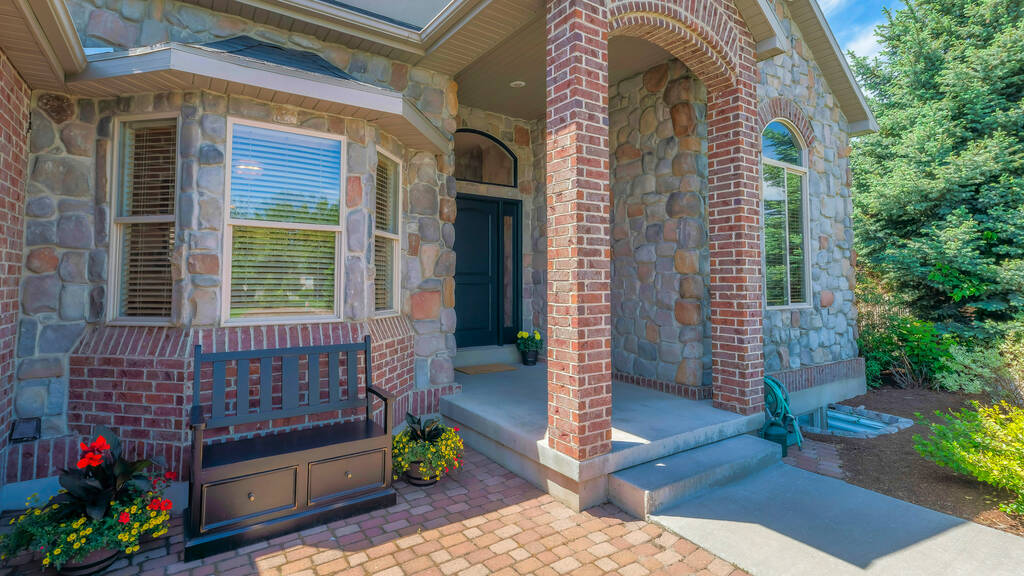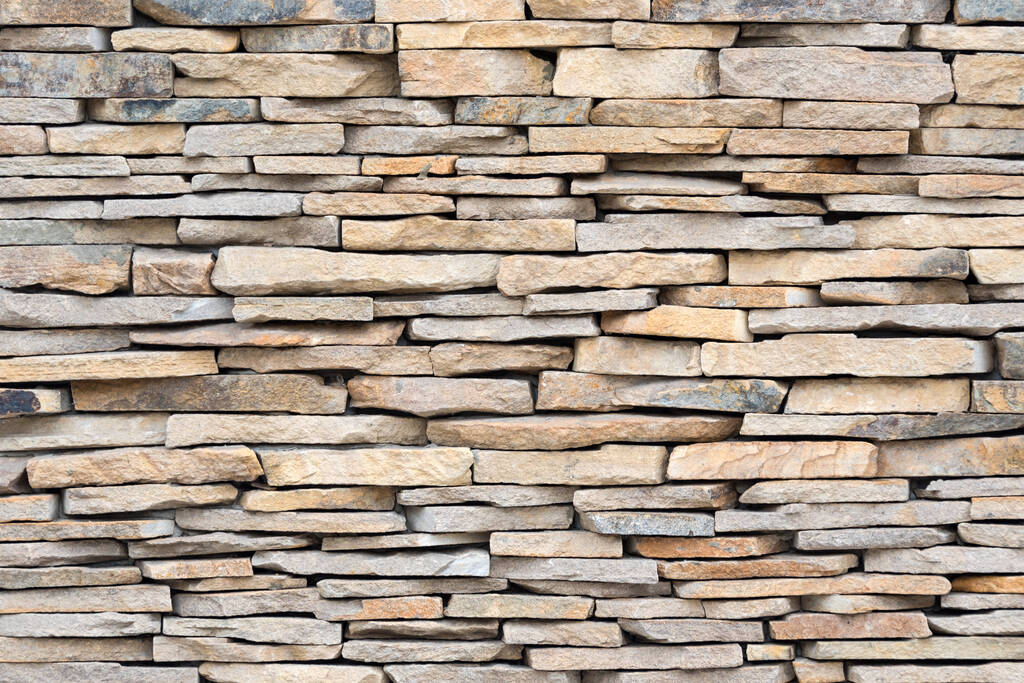Brick veneer is a versatile and cost-effective building material that has gained popularity for its aesthetic appeal and practical advantages. In this article, we will explore the world of brick veneer, highlighting its definition, key differences from traditional bricks, cost considerations, and tips for identifying veneer brick.

What is Veneer Brick?
Brick veneer is a construction technique that involves using a thin layer of brick as a decorative covering over an existing wall or structure. It is primarily used for aesthetic purposes and is not intended to bear the structural load of a building. Veneer bricks are typically around 1 inch thick and are adhered to a wall with mortar or adhesive.
What is the Difference Between Brick and Brick Veneer?
Understanding the distinction between traditional bricks and brick veneer is essential when considering construction or renovation projects:
1. Thickness:
- Brick: Traditional bricks are full-sized and are typically around 3 5/8 inches thick.
- Brick Veneer: Veneer bricks are significantly thinner, measuring only about 1 inch in thickness.
2. Weight-Bearing Capacity:
- Brick: Traditional bricks are load-bearing and contribute to the structural integrity of a building.
- Brick Veneer: Veneer bricks are non-load-bearing and are used purely for decorative purposes. They do not support the building’s weight.
3. Installation:
- Brick: Traditional bricks are installed as part of the building’s structure, with bricks being laid using a brick masonry technique.
- Brick Veneer: Veneer bricks are attached to the surface of an existing wall or structure using mortar or adhesive.
4. Cost:
- Brick: Traditional bricks tend to be more expensive due to their thickness and structural capabilities.
- Brick Veneer: Veneer bricks are generally more cost-effective, making them an attractive option for achieving the look of brick without the full cost.
Is Brick Veneer Cheaper Than Brick?
Yes, brick veneer is typically more cost-effective than traditional bricks. This cost advantage arises from several factors:
1. Material Cost:
- Veneer bricks are thinner and require less raw material than traditional bricks, leading to cost savings.
2. Installation Cost:
- Installing brick veneer is often quicker and requires less labor compared to laying traditional bricks, reducing labor costs.
3. Structural Savings:
- Since brick veneer does not bear the structural load of a building, there’s no need for additional support, such as reinforced foundations or load-bearing walls, which can be costly.
How Can You Tell if Brick is Veneer?
Identifying brick veneer can be done through a few simple observations:
1. Measure the Thickness:
- Use a ruler or measuring tape to determine the thickness of the brick. If it’s around 1 inch thick, it’s likely veneer.
2. Examine the Mortar Joints:
- Inspect the mortar joints between the bricks. Veneer bricks often have thin mortar joints compared to traditional bricks.
3. Tap the Brick:
- Gently tap the brick with a tool or your knuckles. Traditional bricks produce a solid, deep sound, while veneer bricks may sound hollow due to the gap between the brick and the wall.
4. Check for Load-Bearing Signs:
- Examine the structure of the building. If the brick is merely a decorative facade over another material, it’s likely veneer.

In conclusion, brick veneer is a practical and cost-effective way to achieve the classic charm of brick without the structural requirements and higher costs associated with traditional bricks. By understanding the key differences between the two and using the tips provided, you can easily identify whether a brick is veneer or traditional, helping you make informed decisions for your construction or renovation projects. Brick veneer combines beauty and affordability, making it a popular choice for modern architectural designs.
Learn more at Wiki as well.



